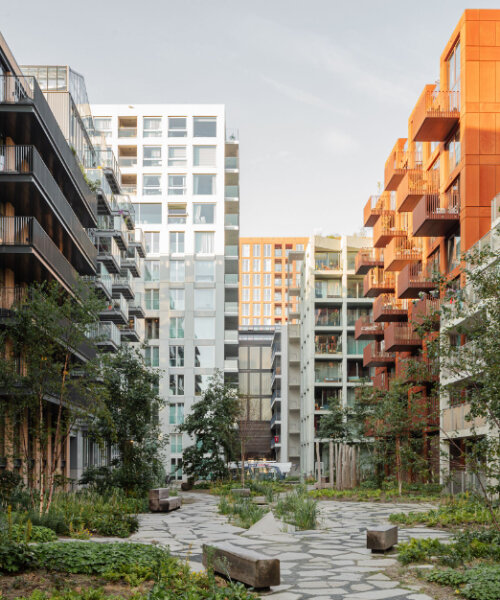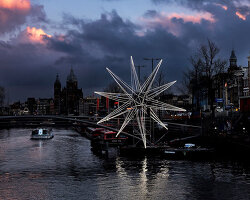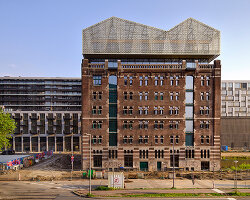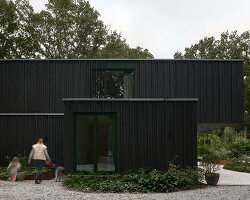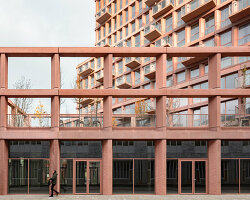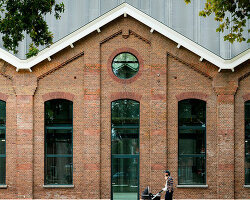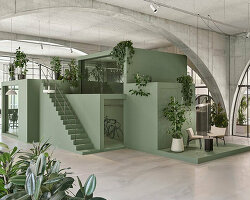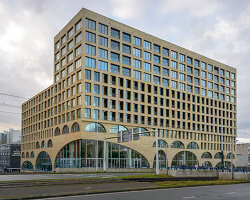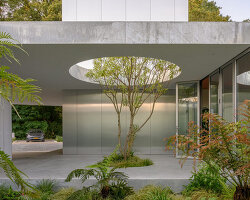urhahn and studioninedots transform the working island
The working island of Oostenburg in Amsterdam’s city center is undergoing a transformation by Dutch design firms Urhahn and Studioninedots, blending its industrial heritage with a regionally unprecedented urban density. The large-scale, mixed-use development in this flourishing district balances residential and industrial spaces with community-driven public areas to foster the growth of the community.
Studioninedots’ approach merges the directed diversity of the Cityplot concept with the vision of a spontaneously evolving city. Rather than allocating separate ‘plot passports’ to buildings, the team mapped out expansive plots, granting developers flexibility within specified building envelopes while ensuring diverse architectural grain sizes. A key focus was on preserving the area’s raw character and remaining relics, such as the Werkspoorhal, the trestles, restaurant Roest and other remnants in which industrial history is palpable. Between larger, existing buildings such as the Van Gendthallen and the INIT building the team has inserted a cluster of smaller structures.
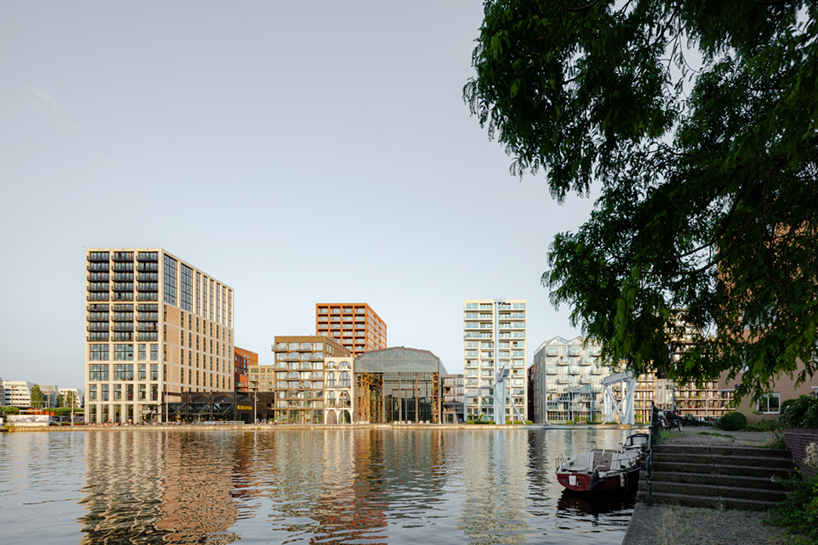
all images by Sebastian van Damme
community-driven urban spaces enliven Oostenburg
In the architectural quality plan, the Studioninedots team defined uniformity within, yet contrast between these different grain sizes, using variations in scale, color, and materials. To fit in with the city center, all residential buildings are designed with vertical volumes, providing a bold contrast to both the old and new elongated work buildings. By combining this with smaller and larger buildings on varied plot sizes, we achieved a very high density for Amsterdam, yet maintained the human scale that promotes a sense of community.
Leaving many entrances and stairwells open has created numerous informal connections between the courtyards and public streets, complementing the formal passages. Along with the area’s nearly car-free layout, this design fosters the social interaction among residents, businesses, and visitors, creating a lively district in the new Oostenburg.
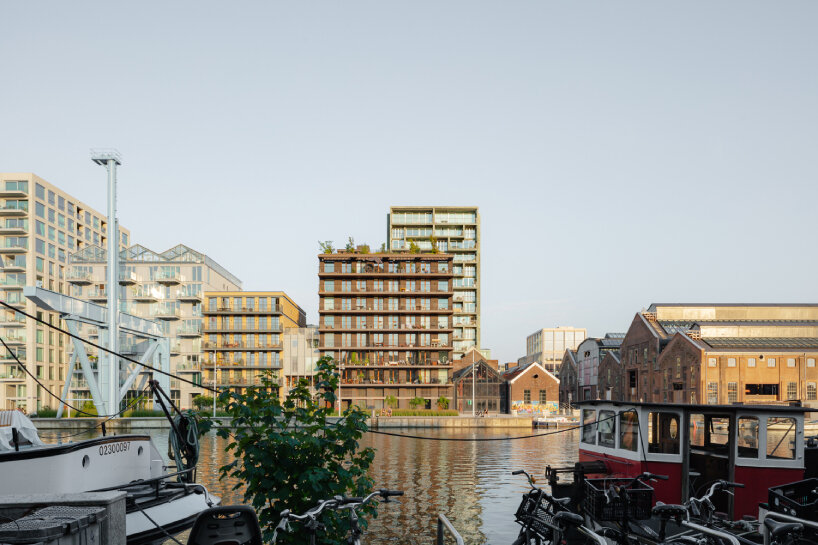
a transformation of the working island of Oostenburg in Amsterdam’s city center
preserving the site’s raw industrial character
Originally formed by draining a section of the IJ river, Oostenburg’s history dates back to the era of the Dutch East India Company, later serving as a base for the shipbuilder Stork. It was then repurposed as a business site and home to the INIT building by 2005. While neighboring Eastern Islands Kattenburg and Wittenburg developed into residential areas, Oostenburg retained its working identity, now carefully integrated with new public and residential spaces.
In 2012, Urhahn Stedenbouw & Strategie initiated an urban development plan for Oostenburg, enlisting Studioninedots in 2015 to refine the architectural quality and define building envelopes. The transformation of Oostenburg into a mixed living-working island kicked off when Stadgenoot acquired the property. In line with Urhahn’s vision, the aim was to form a ‘Spontaneous City’: an adaptable urban area open to constant transition, co-created with and by its residents, thereby becoming a sustainable place to live and work.
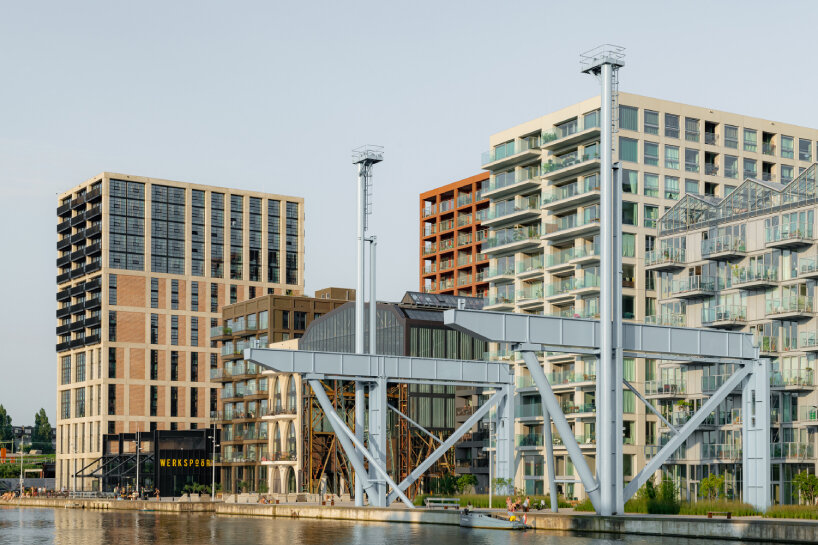
completed by Dutch design firms Urhahn and Studioninedots
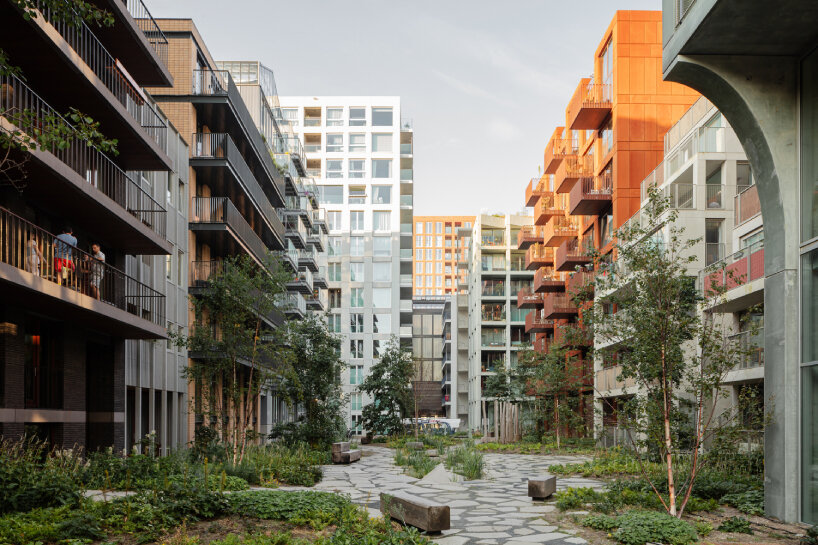
blending industrial heritage with a regionally unprecedented urban density
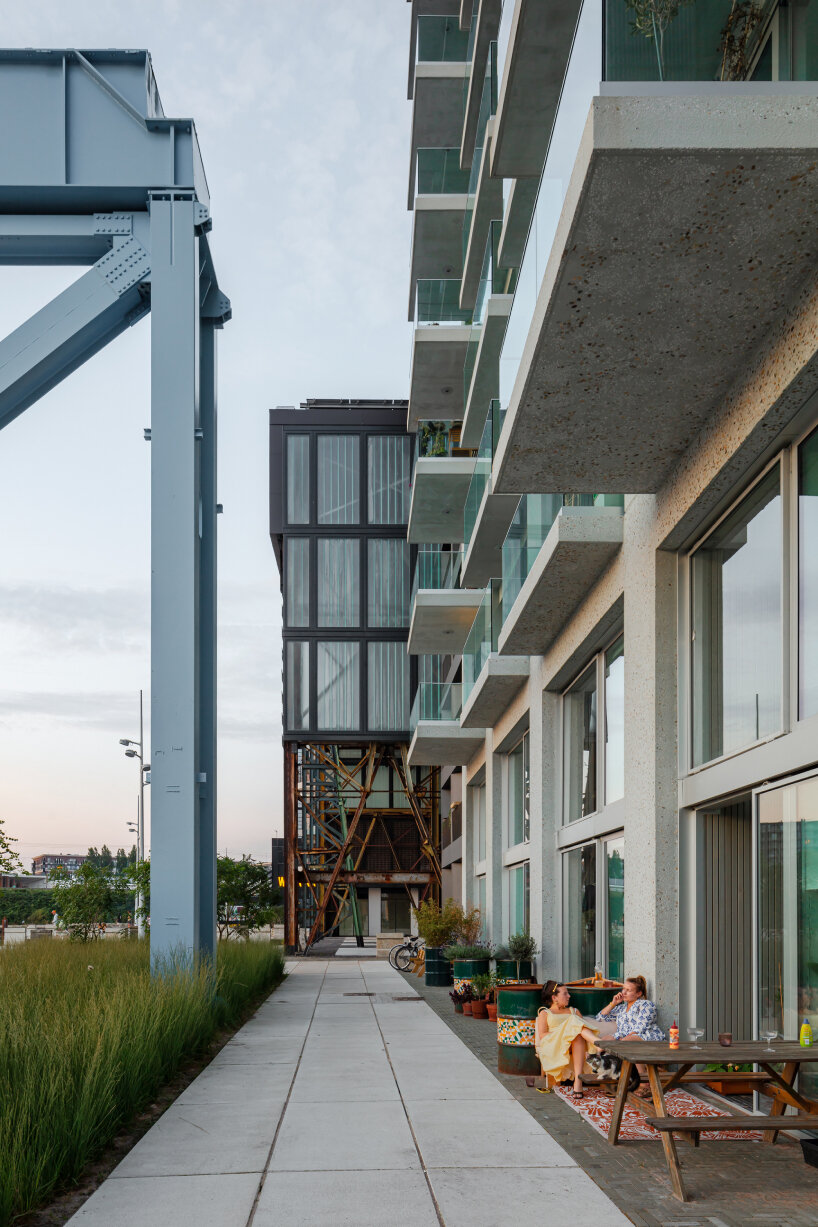
envisioned as a spontaneously evolving city
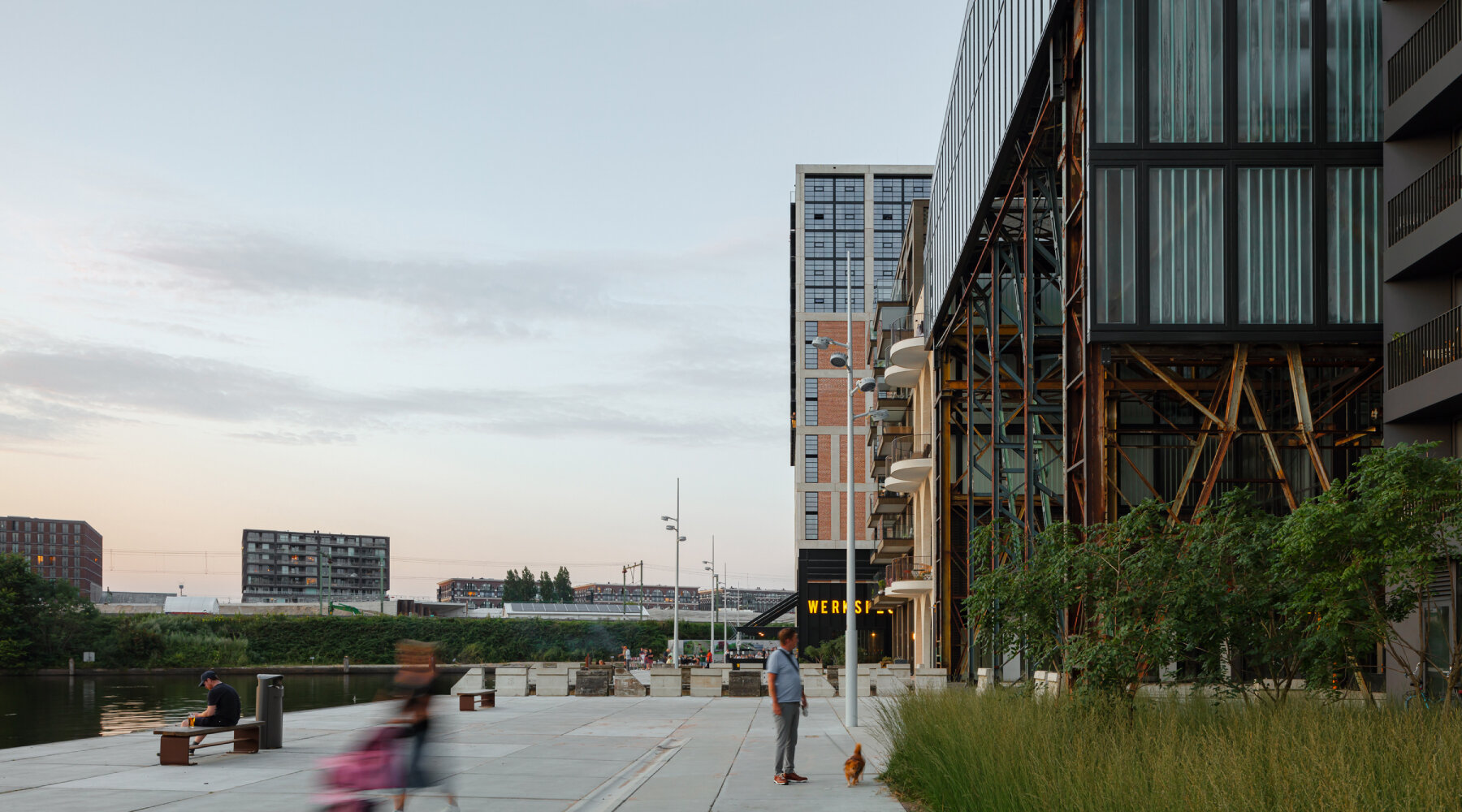
residential and industrial spaces are combined with community-driven public areas
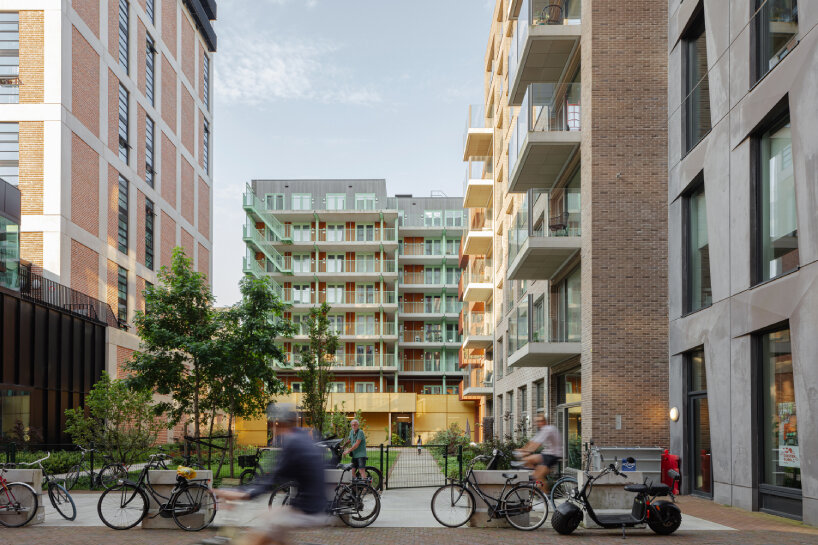
between larger, existing buildings the team has inserted a cluster of smaller structures
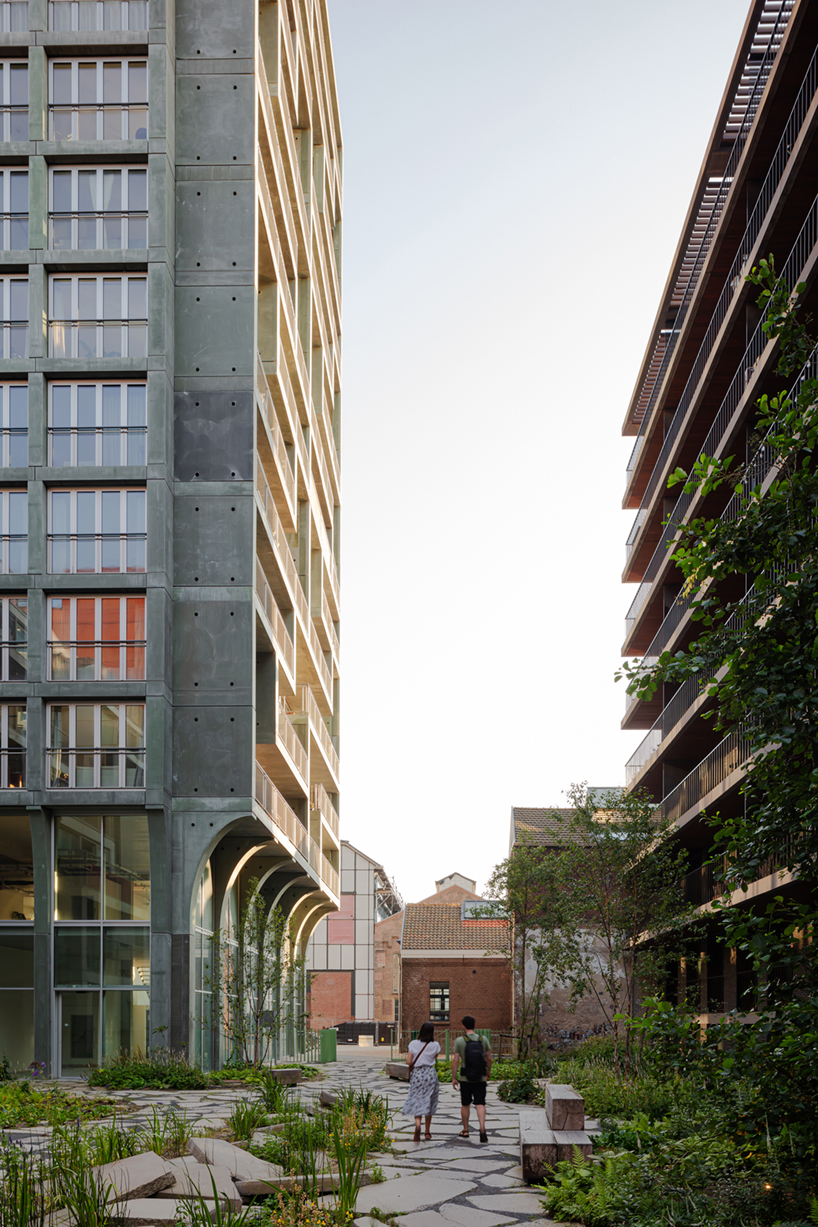
numerous informal connections between the courtyards and public streets complement the formal passages
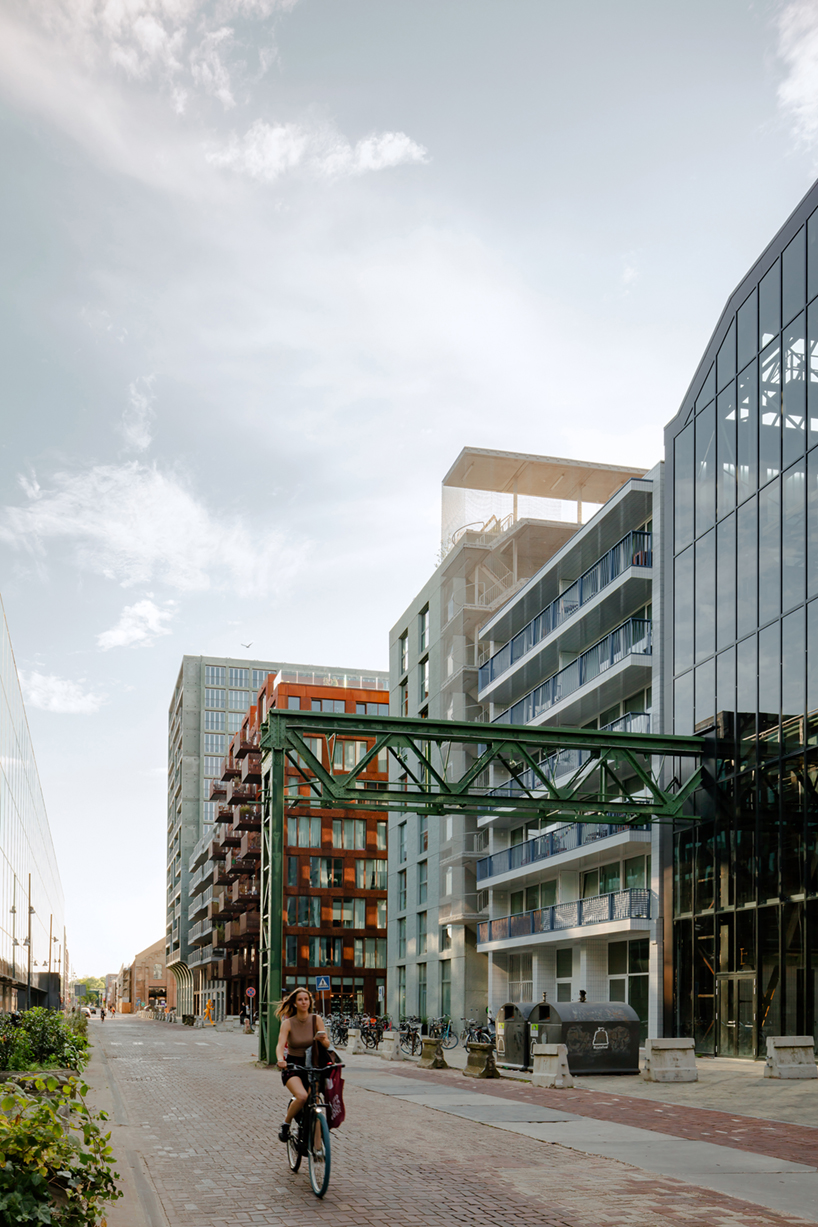
a key focus was on preserving the area’s raw character and remaining relics
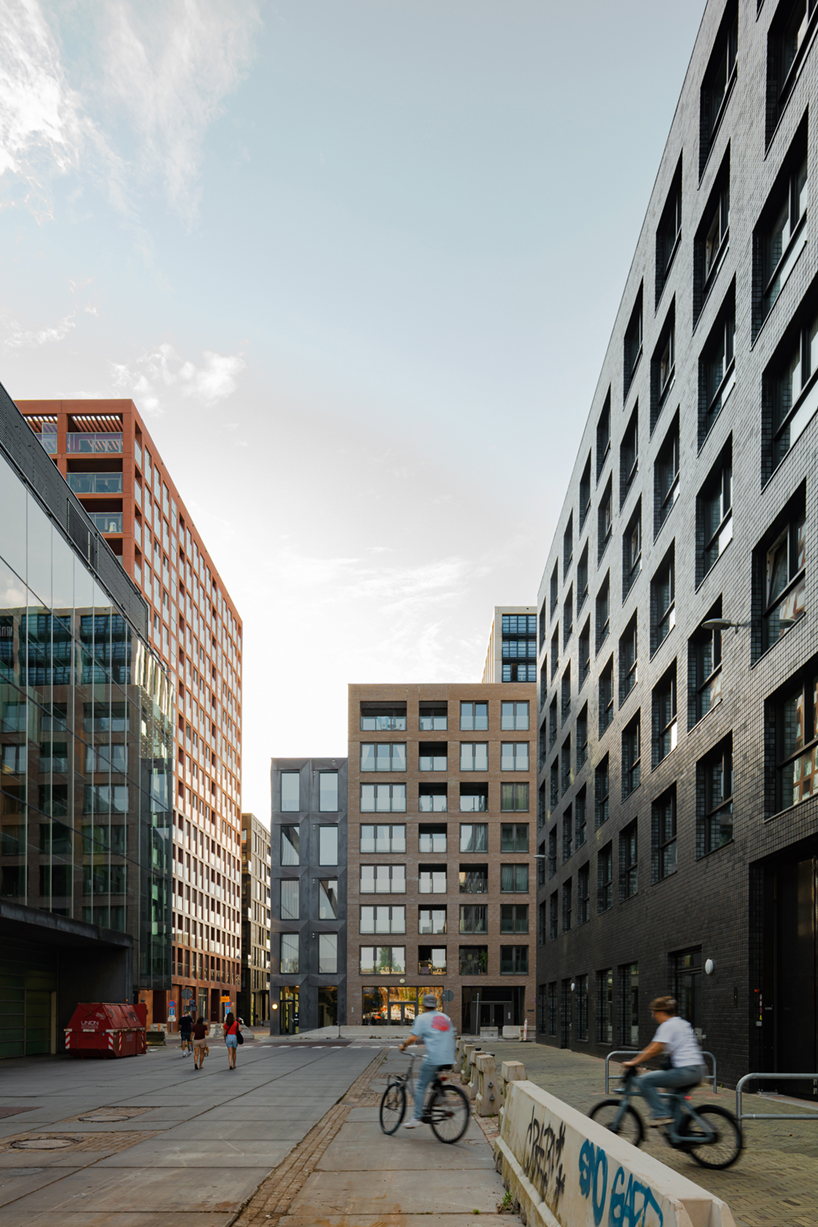
along with the nearly car-free layout, the design fosters social interaction among residents, businesses, and visitors
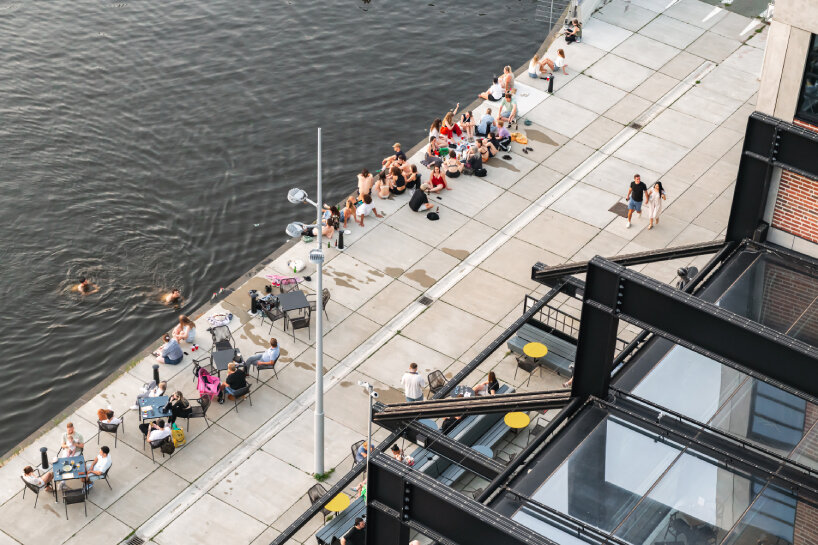
along the waterfront
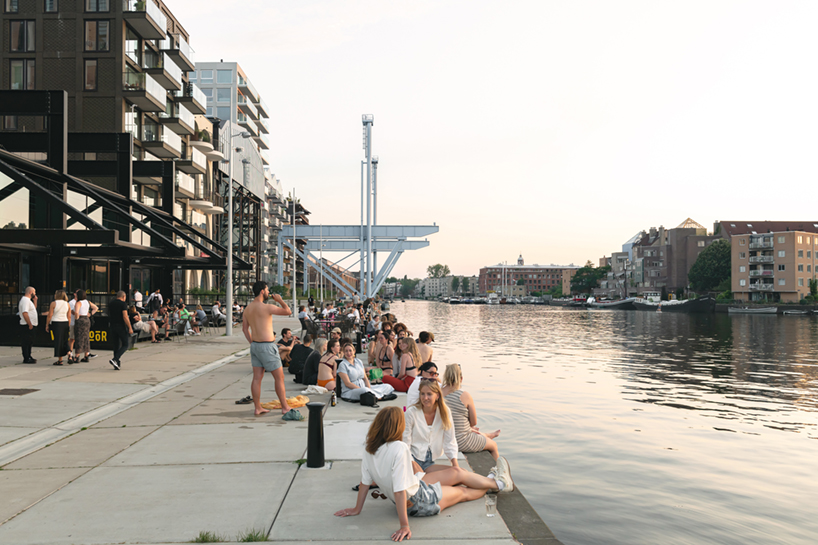
the flourishing district fosters the growth of the community
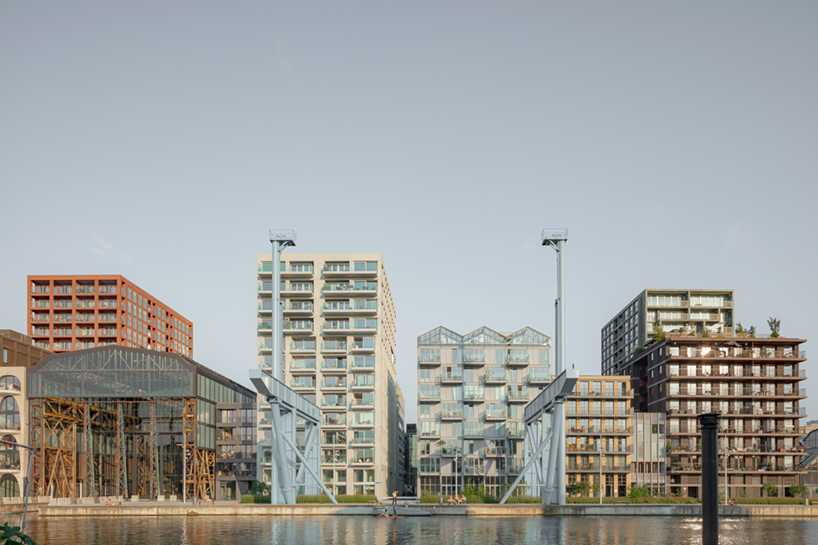
Oostenburg’s history dates back to the era of the Dutch East India Company
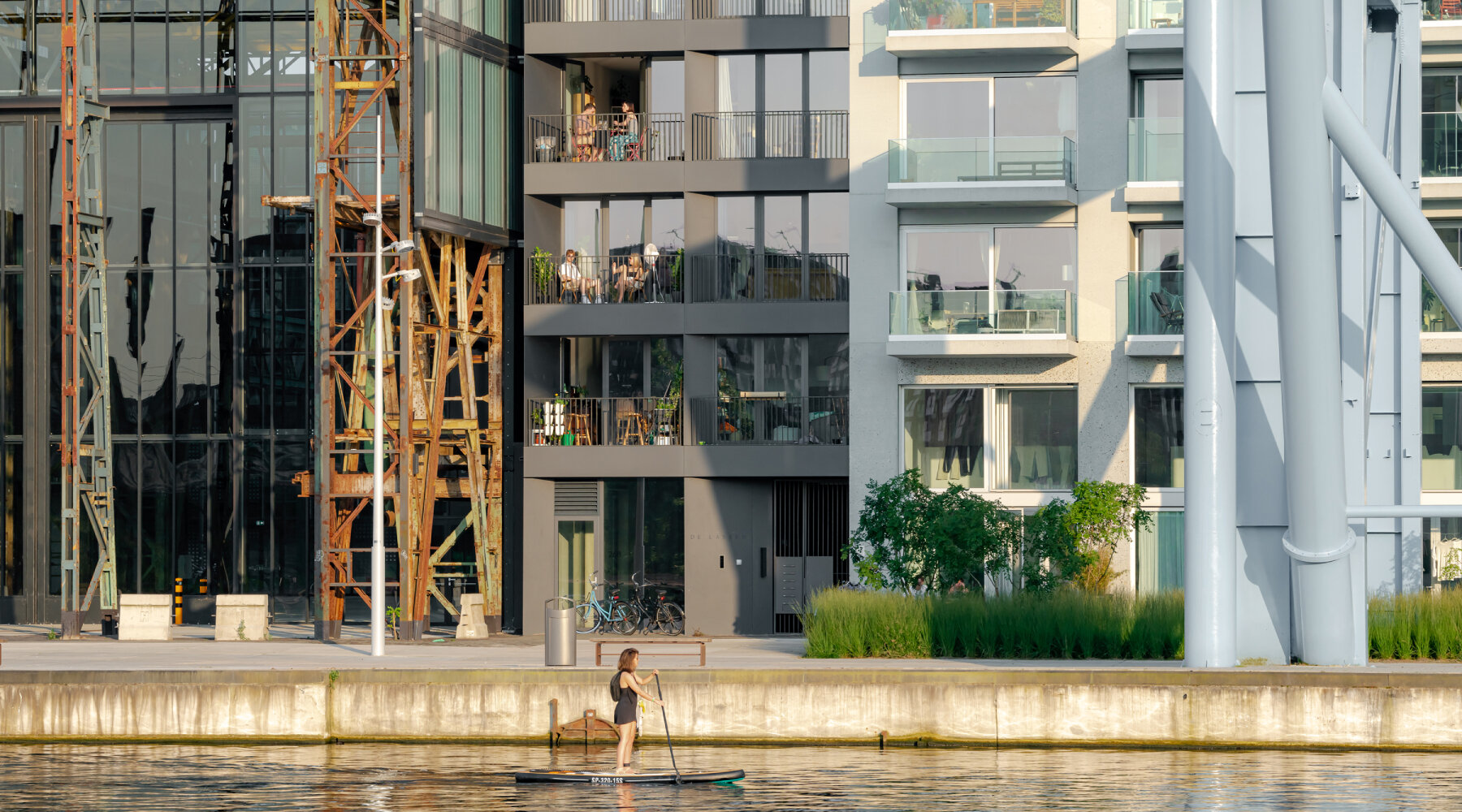
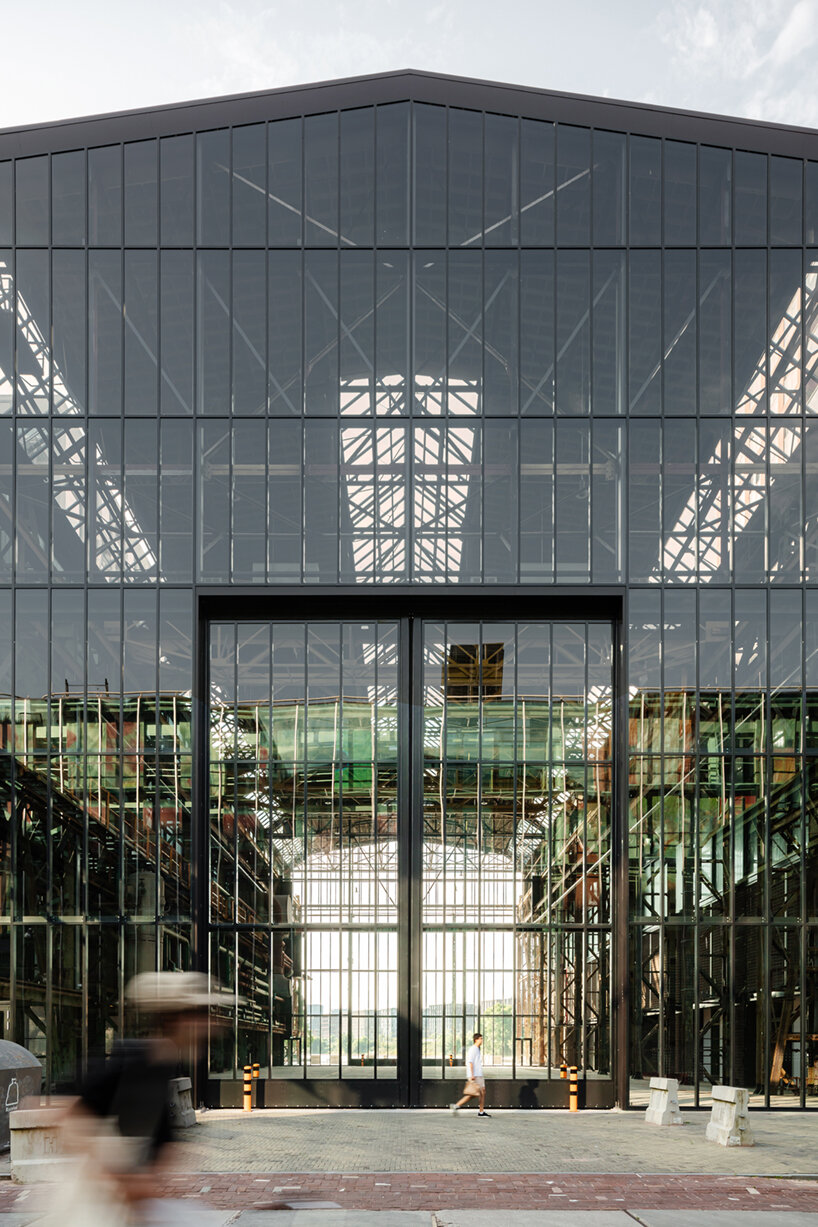
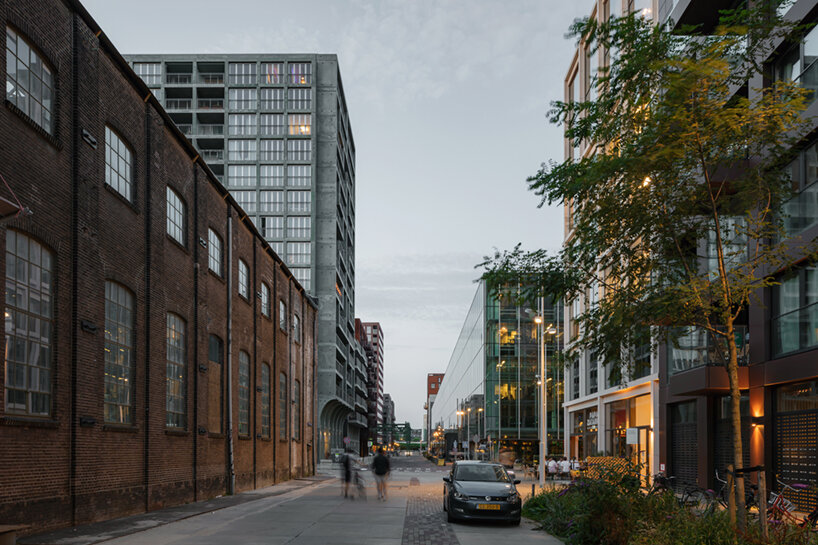
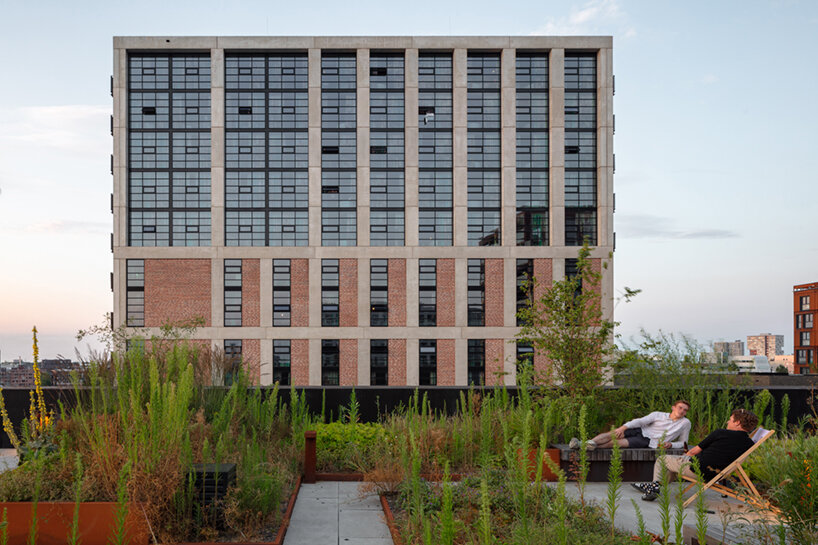
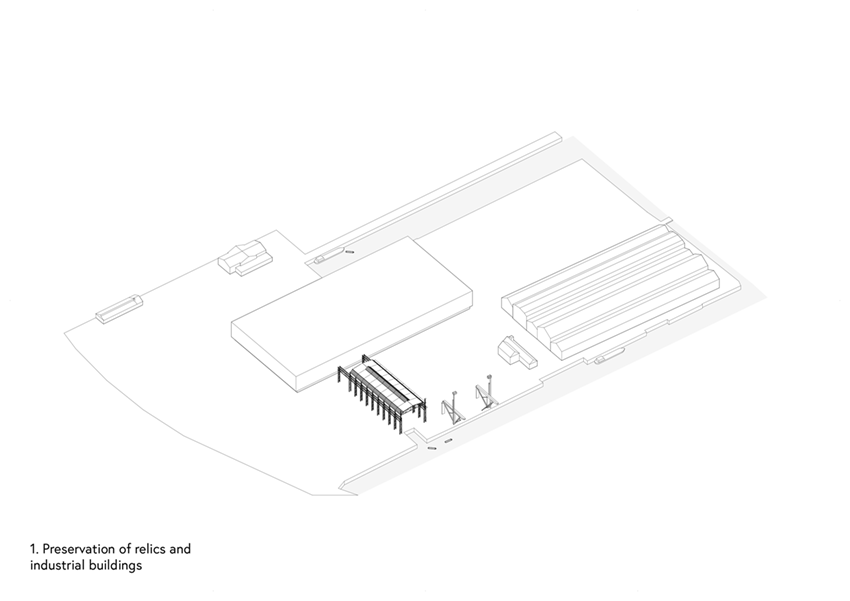
project info:
name: Oostenburg
architect: Urhahn, Studioninedots | @studioninedots
location: Amsterdam, The Netherlands
photographer: Sebastian van Damme | @svd_fotografie
designboom has received this project from our DIY submissions feature, where we welcome our readers to submit their own work for publication. see more project submissions from our readers here.
edited by: ravail khan | designboom
